It is funny, but when we think of established brands, we also believe their logos were just as established.
The thing is, that is not necessarily the case.
Many companies go through a lot of different logos as they fight for recognition.
Sometimes they do so to redefine themselves with a rebrand.
Sometimes they do so because they change their names.
Sometimes it is because they want to change people?s perspectives.
And sometimes they do so because the times are a changing and their current logo design looks dated.
Pepsi has been around for a long time ? more than a hundred and thirty years, in fact.
Moreover, in that time they have gone through repeated changes to their company logo design until finally settling on the current one we all know about fifty years.
So what other ones did they try during those early years?

Pepsi was not called ?Pepsi? in the beginning.
Instead, it was referred to as ?Brad?s drink?.
It was named after the inventor of the drink, whose name was Caleb Bradham, who made it back in 1893.
That name did not stick around too long, however, as it was renamed ?Pepsi? a few years later in 1898.
Interestingly, that name was not trademarked for another five years.
When they had settled on that name, the evolution of the Coca-Cola logo began.
Initially, they went through some swirly script logos that bear an uncanny resemblance to the Coca-Cola logo which we know today.
That was not because they were necessarily trying to copy the more successful brand.
Instead, at the time almost every company wrote out their logo in a logotype.
That was just how things were done at the time.
The script they used was a long swirly script, with the writing varying across the years but the underlying design not changing as much.
From 1898 till 1940 they stuck with the same red colour, with the words written out and a long swirly line connecting the P of ?Pepsi? with the ?C? of Cola.
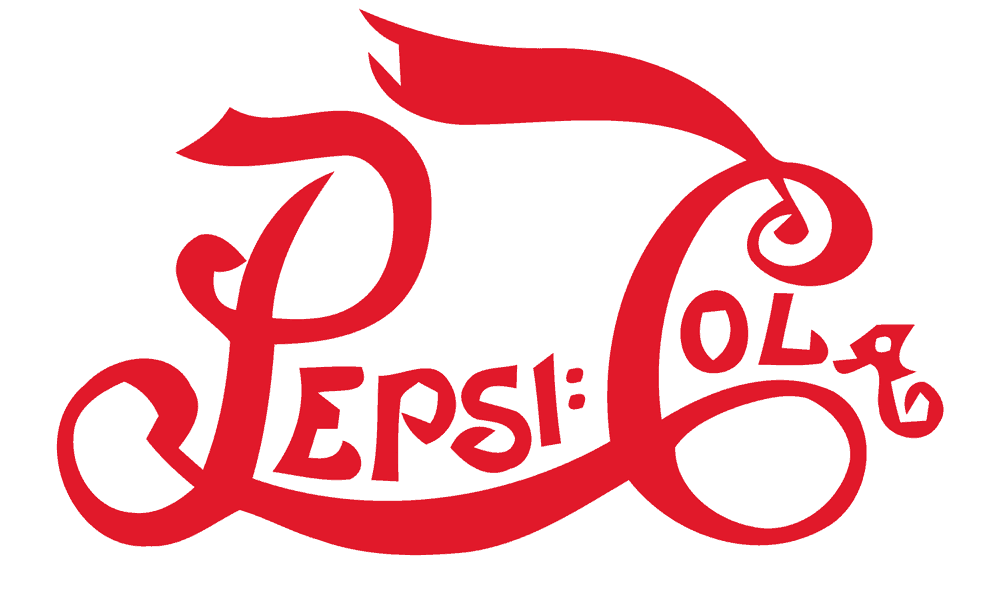
The main difference in the letter types was that they became bolder, fatter and more minimalistic over time.
The colours stayed the same, however, with the red on white remaining a part of the design for about forty years.
The signature red and white overhaul
Then, in 1940 the company changed its design to something far more fundamental and clean.
The reason for the circle was there was because the company wanted to accommodate the slogan of Bradham?s original group, the Original Pure Food Drink, in the design.
Related Post: Redesigning a Logo: Does your Brand need a facelift?
The reason for the colours of red and white was because of the Second World War.
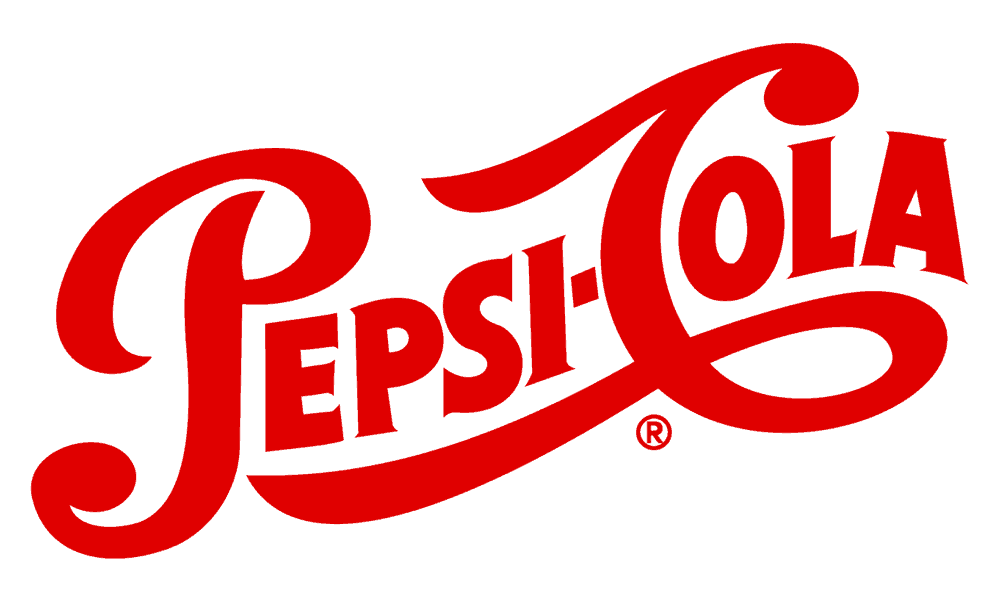
Pepsi wanted to show its support for the troops by including these two colours into its logo design.
In 1943 the company added the bottle cap to its logo, with the logo tagline ?Bigger Drink, Better Taste? incorporated into the lid.
These caps still had the red and blue ? which would never again leave the design of the logo (though of course different shades of red and blue were used on occasion).
The red was on top, the blue on the bottom and the letters.
The bottle cap design stayed with the company throughout the sixties.

Only in the seventies did they move on from this idea and embrace something more minimalistic, which is closer to the design we know today.
Gone was the swirly script and the curlicues they had used.
Gone too, was the word Cola (which was dropped in 1962).
In its place came the red and white design we have all seen around.
The logo incorporated a circle with the word ?Pepsi? at its centre and red and blue flares above and below it.

Outside the circle, there were two trapezoids, which were sometimes red and sometimes blue, sometimes on the left and sometimes on the right.
The white that used to be the mainstay of the background for the product was reduced to border areas (including the circle which encased the word ?Pepsi?).
The reason for this dramatic change was that the Pepsi company believed that popular culture was changing.
They felt that with the embrace of technology and minimalistic design the frills of their 60 bottle cap logo was starting to look as dated as their original swirly Pepsi logo did when considered from the 50s and the 60s.
Also, they wanted a purer cleaner design with clean shapes and forms that fit better with the times they were in.
The separation
The next significant change to come along in the logo was in 1991 when the company decided that the Pepsi and the circle that had contained it were no longer meant for each other and split them up.
They did not get rid of either of them, however.
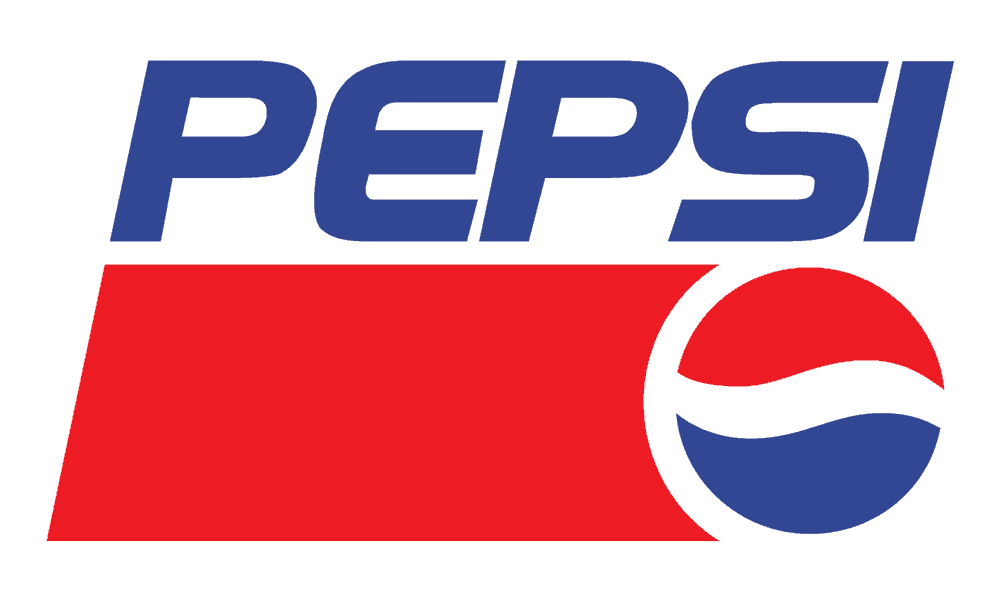
Instead, they put the word Pepsi on top, had the same trapezoid shape on the bottom and relegated the circle (which still held the blue and red) to the right base.
Related Post: How to Design a Perfect Landing Page for your Website
Of course, with the word Pepsi no longer a part of the logo, they needed something else there and opted for a wavy white line.
There was, in fact, whiter in this logo as a whole with it making a comeback from where it had been relegated in the decades in the years before.
With the separation of the word ?Pepsi? and the circle, suddenly a lot of other things became possible, and over the last 20 years, we have seen the most changes happen to the circle and the relationship of that circle and the word ?Pepsi?.
The circle itself went through some changes as well.
Also, in 1998, the company tried something new with them reversing the white and the blue.
Suddenly it was no longer the word ?Pepsi? which was in blue, but the background, while the word was written in white.
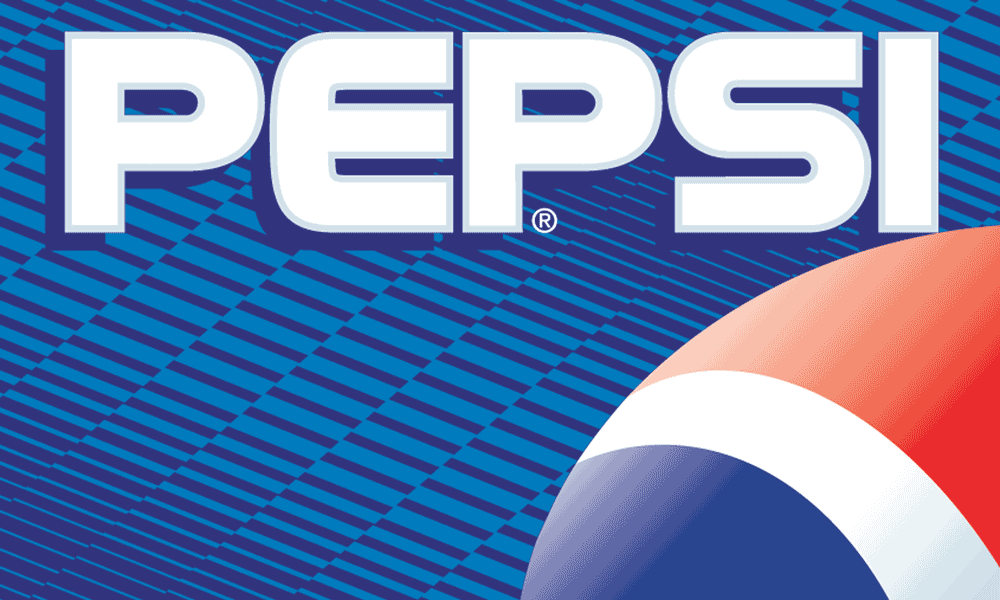
Then, in 2008 the design went through another quite dramatic change, with the circle regaining its dominance, climbing on top of the word and the swirly line tilting upward and taking on a far more wave-like pattern or a smiley.
This was completed by the Arnell group for one million dollars and was not very well received initially (though changes initially rarely are).
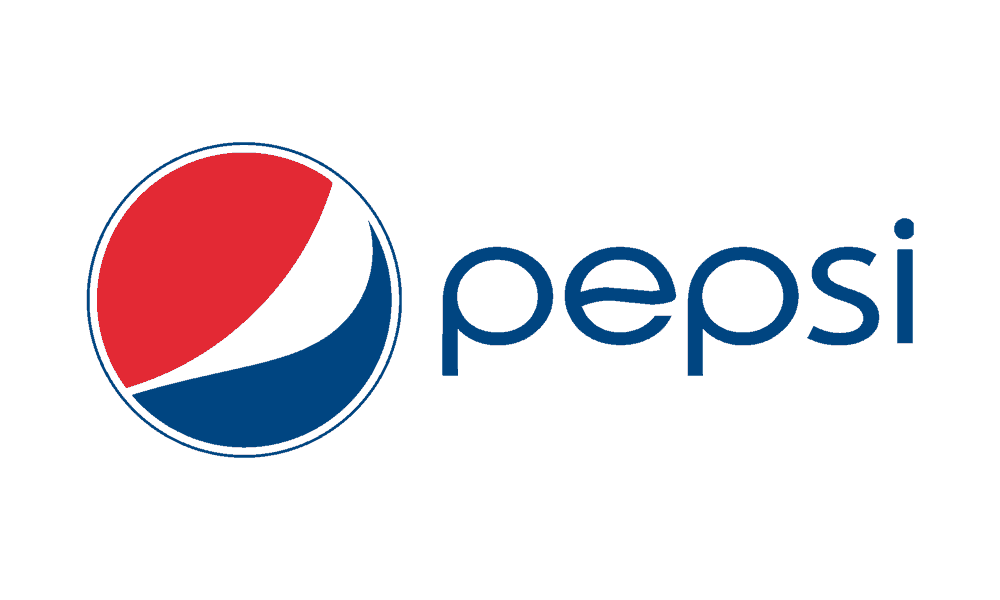
They have also introduced variations in the colouring at the top to give the circle a sphere-like 3D quality which makes the logo rather than feel flat, seem to pop out at the audience.
Apparently, this feels far more modern today, where we expect our logos to make full use of proportionality and perspective.
The takeaway
What?s interesting is that after the significant change over in the 60s where Pepsi moved away from its original red and white design which was very similar to coca cola, they managed always to create iterations of the central theme.
This was a smart move on their part as it meant that while their logo consistently evolved to keep up with the times, it did not change so much that people no longer recognised it for what it was.
They continued to incorporate a lot of the same elements in their design, like the colouring, the circle, and such with the main variation coming outplacement and a switching of the different aspects.
This makes the logo immediately recognisable to the audience so that they can catch the brand wherever they find it.
In fact, they seem to have caught onto the need for products and logos we know to be both sufficiently familiar and novel long before the psychologists managed to grab onto that idea.
In this way, they managed to both avoid appearing dated as well as maintain their corporate brand identity over the many years of their existence.
Related Post: 10 Tips for Great Brand Design
In fact, they have been so successful in this regard that now they are considered one of the most valuable and well-recognised brands in the world.
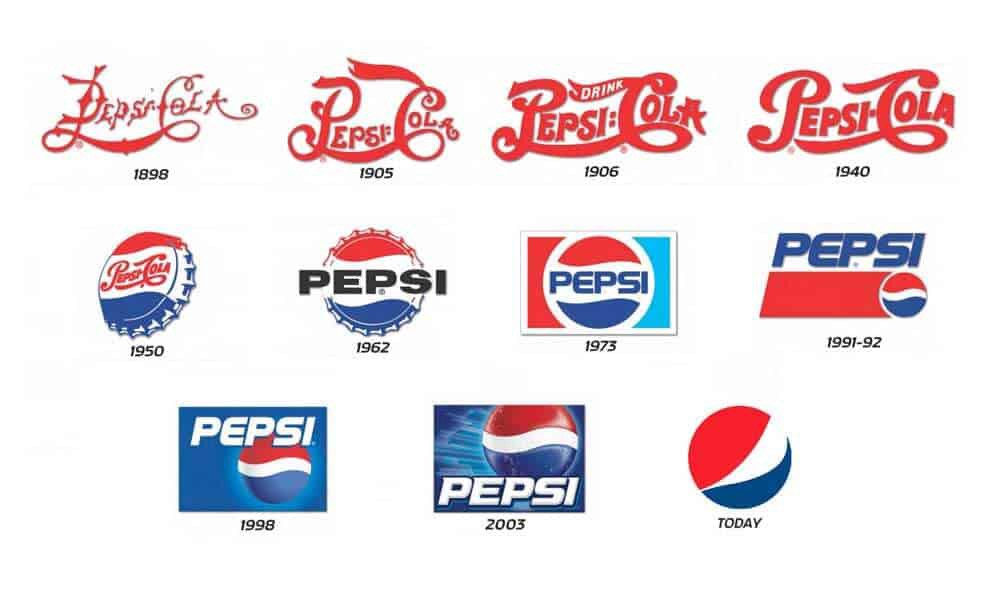
Last words
What we can learn from the Pepsi logo is how to maintain continuity without necessarily hanging on to the same concepts for the entire duration of a company?s existence (something that can be difficult to do if your business exists for a very long time).
Of course, Pepsi was willing to make some very dramatic changes in the first 50 years of its life.
Moreover, if they had not done that, their logo might not be as attractive today as it is.
Still, once they had settled on winning formula changes were only created by variations of a common theme, with the 1950s logo not being all that different from the one we know today.
This creates a feeling of continuity for consumers.
That is important for something like Pepsi, where the product has not changed dramatically for a long time indeed.
Of course, many other industries cannot do the same thing.
Their products and their focus changes at which time it might also be necessary to reconsider the logo that the company is using.
Still, there is a valuable lesson to be learned here which is that because we have grown up with a logo which has not been changed dramatically much over the years.
The logo reaches back into history (a period we often tend to glamorise) and thereby managed to take the trust inherent in the ?good old days? and bring it forward ? and all that without appearing dated.
Author Bio: Alaine Gordon is young and talented content manager. She has been writing professionally since 2010 about almost everything, starting from psychology and to the finance. Alaine Gordon graduated from the University of Colorado with B.A. in Journalism, 2011. She is open-minded, creative person who loves to make the people smile. Her credo is ?Life is a fun enterprise?. In her free time, she loves travelling, reading science fiction and knitting. Her huge dream is to visit every single country in the world.
If you wish to discuss how we can develop your brand or provide graphic design for your product or business, email us: [email protected]
Inkbot Design is a Creative Branding Agency that is passionate about effective Graphic Design, Brand Identity, Logos and Web Design.
T: @inkbotdesign F: /inkbotdesign


